The management of construction machinery and equipment is a difficult task. Those responsible for the mechanical equipment must make complex technical and economic decisions about the destination of the machines they are responsible for.
These decisions include issues related to acquisitions, maintenance, repairs, reconstructions, efficiencies, costs, forecasting internal lease rates, availability, reliability, replacements, and asset disposals.
The construction companies of the international level are immersed in what is called “World Class Maintenance”, which means having policies to perform daily work tasks with good practices both in the administrative field and in the technical field.
Within the maintenance of the equipment, there are two highly evaluated indicators, which are Mechanical Availability (DM) and Reliability (R).
In this paper, we deal with issues related to good practices of equipment maintenance, as well as the meaning and way of evaluating the aforementioned indicators.
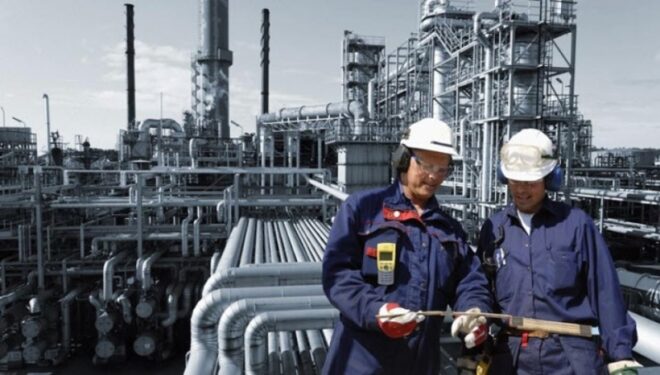
Construction Equipment Maintenance
Theoretical bases on equipment management
There is enough documentation on theories of maintenance management, its procedures, objectives, and benefits.
We will present some of them, which are considered useful for the approach that is required for the present work.
“The maximum performance of a piece of mining equipment depends primarily on three critical factors: the design of the product, the application in which it is used, and the maintenance it receives during its service life. To some degree, these factors can be controlled, but some much more than others. “
This thought can also be applied to all construction equipment since the machines and the work done are very similar.
The demands in the mining field are greater due to the type of material and volumes that move, but the principles of caring for the machines and the results that this provides are the same.
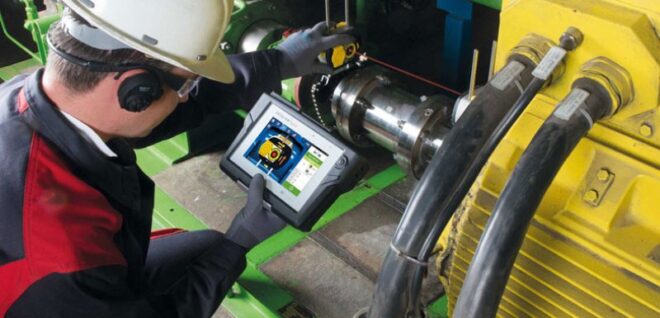
Predictive Maintenance
We will begin by citing two definitions of maintenance, which I think bring together the essence of the same thought.
“Maintenance is a set of technical activities, direct application, structural and economic control that aims to make the useful life of facilities, machines and buildings as large as possible, which allows the value of investments to remain active during the amortization time and even after “
“When we talk about mobile equipment, preventive maintenance can be defined as an organized activity whose objective is to maximize the service and economic value of the machine. These activities begin with the acquisition of the machine and continue throughout his life… “
We see, then, that the main idea is to keep assets in productive condition, but at the same time, it tells us that the value of investments must have economic control, in order to maximize profits.
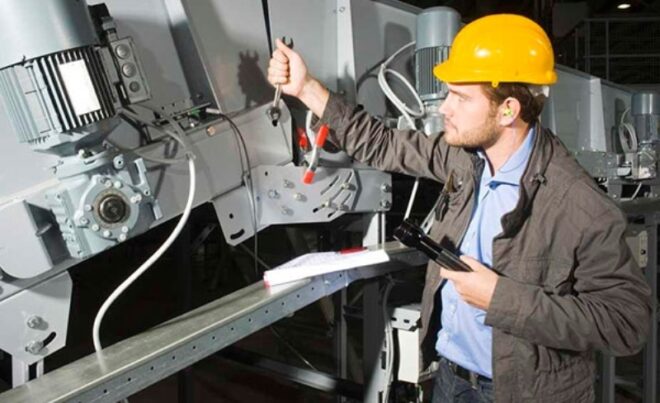
Project Methodology
This implies that maintenance systems must have a methodology and must use appropriate tools to achieve their objective. In this sense we can mention the following:
“The challenge of managing high costs, capital intensive, mobile equipment, is being achieved, incorporating new systems and emerging technologies. These technologies are contributing to better and direct use of each asset during its useful life and are placing emphasis on the management of operating costs and preventive maintenance “
“Without an adequate monitoring system, it is impossible to capture the necessary information to effectively manage it in a unit. According to the old axiom ‘If you can not measure it, you will not be able to handle it’, it is important to follow up and activities of the teams as well as to qualify and categorize their use “
Modern Industries
The constant search for efficiency and competitiveness confronts modern industry with new and greater challenges. Construction is not immune to this challenge and must constantly develop, refine and modernize its construction processes, involving these teams and personnel in these changes.
Currently, equipment is used in more severe applications, so equipment manufacturers respond to these changes, incorporating in their designs technological advances in the area of productivity, operation, and control of this equipment.
The personnel (operators, technicians, engineers, administrative staff), face a constant update to work with advanced technology equipment in this environment of high demand.
Information systems
More efficient and larger equipment and capacity, as well as the incorporation of electronics and computing in their systems and mechanisms, are just some examples of these changes.
In this environment of high demand, team management plays a fundamental and increasingly important role in achieving the final objectives, which are low operating costs and high productivity.
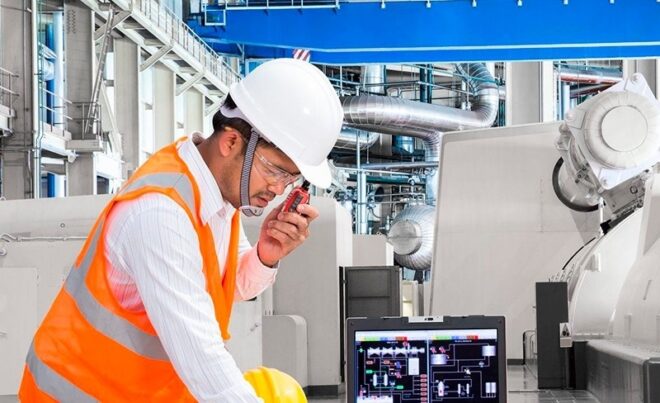
Maintenance system
Experience indicates that there are fundamental functions to be considered in the structure of a Maintenance System. They are:
- Preventive Maintenance
- Monitoring of conditions
- Pending repair management
- Administration of components
- Repair services in the workshop and in the field
- Repair history record
- Analysis of management results
- Problem management
These eight functions support successful maintenance management.
Industrial maintenance engineering
The same point of view we have in the expressions of a company director:
In a competitive environment, with equipment of high technological level, it is necessary to perfect the methods of how to execute maintenance effectively.
Qualify within what is called WORLD CLASS MAINTENANCE, means being organized, to combat the costs of inefficiency, making us a valuable contribution to the production of the company.
The areas that constitute the basis of maintenance excellence are:
- Organizational aspects
- training
- Work orders
- Planning and programming
- Preventive Maintenance
- Purchases and stock Management information.
- Maintenance automation
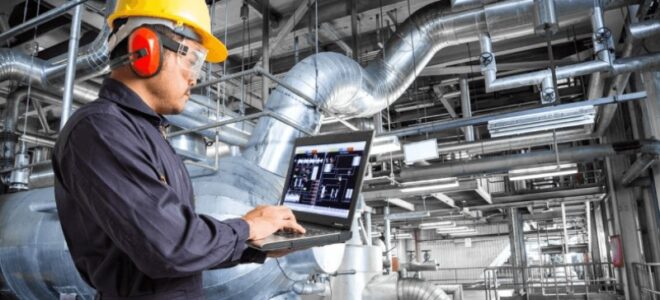
Planned Maintenance System
This will allow us to go from emergency maintenance to planned maintenance, it allows us to achieve:
- Reductions in the cost of maintenance and unavailability,
- Reduction of unexpected stops,
- Reduction of the time of the repairs, increase of the useful life,
- Increase in sale value, increase in production and increase in profits,
- Effective support for the preparation of budgets.
Maintenance Manager
The characteristics of the team leader are clearly indicated in the following article:
“The efficiency and effectiveness of the fleet in your organization is the sole responsibility of one person: you. (referring to the equipment manager). Therefore the necessary skills for fleet management involve more than just oil change and engine repairs.
Today’s equipment manager must be competent in human resources, technology, life cycle costing, negotiation, spare parts and installations management, benchmarking and safety and environment, to mention a few. And all those skills contribute to the organization of your company, now more than ever. “
The foregoing, then, suggests that the profile of those responsible for the equipment of the construction companies be professionals in mechanical engineering and also have master’s degrees in business administration with knowledge of finance, as well as being a professional with a solid base technical, must have administrative basis with a different vision of maintenance management.
This implies having knowledge about personnel management, labor laws, procedures, organization, operations scheduling, etc.
Management results must be given and you must know how to perform an economic analysis of investment in equipment and machinery.
Heavy equipment maintenance checklist
Part of an effective PM program is identifying potential causes of machinery breakdown. By identifying potential causes of failure before they occur, you can save hundreds or thousands of dollars and maintain consistent workflows.
There are three types of machinery failure. Their causes and solutions are listed below.
- Sudden failure is when machinery breaks without warning. Usually, the reason is obvious. The part is then fixed or replaced, and the equipment is returned to service.
- Intermittent failure happens sporadically. This stoppage happens randomly, and it can be difficult to identify the cause. Intermittent failure is frustrating, costly in downtime and usually, can be prevented by anticipating the cause and addressing it during maintenance.
- Gradual failure is entirely preventable by doing routine maintenance and inspections. Wearing parts and components are noted to be near the end of their lifespan and are replaced before the failure occurs.

Heavy equipment maintenance software
Types of mechanical failure
These three types of mechanical failure are almost always due to one of three main causes:
Thermally-induced failure is where extremes in temperature cause breakdowns in the equipment. This usually happens during large temperature fluctuations such as when a machine is being started in cold weather and is being warmed up. It also occurs when equipment is overheated. Extremely hot or cold periods can be prepared for during maintenance, and thermal failure can often be prevented.
Mechanically induced failure is easy to recognize. It’s also easy to prevent by making sure machinery components are maintained by replacing parts when needed, lubricating as required, and tightening fasteners, as well as ensuring moving parts are properly aligned. Mechanical failure often happens due to overexertion, vibration, shock, collision, and operator abuse.
Erratic failure is the most difficult to predict and detect. This occurs at random times and under varying conditions. Most erratic machinery failures are the result of sudden overloads on hydraulic or electrical systems. With electronic components, many erratic failures come from software or hardware malfunctions that are preventable by using diagnostic equipment during regular machinery maintenance.
Anticipating failure is at the heart of all preventive maintenance programs. Thorough knowledge of your machinery’s systems is the key to anticipating what’s likely to fail if proper maintenance is ignored. Preventive maintenance agreements help you anticipate and predict problems before they leave your equipment inoperable.

Heavy equipment inspection
We’ll go over the benefits of proper heavy equipment maintenance and inspections.
Pre-operation checklist for heavy equipment
By conducting thorough equipment inspections, your operators are ensuring that the necessary components are in working order. Malfunctions caused by manufacturer errors are sometimes unavoidable, but conducting inspections of heavy equipment on a regular basis is the best way to detect potential issues.
Some of the most important components and systems to check to include:
- Oil level
- Coolant level
- Gauges and meters
- Tires or tracks
- Battery
- Fuel
Try using equipment maintenance software that will enable your operators to log inspections electronically. This will allow you to easily track your records and assign tasks for heavy equipment maintenance repairs.
The heavy equipment maintenance schedule
Heavy equipment maintenance can limit safety issues: When focusing on daily objectives, risk management can be easily overlooked. However, being compliant with The Occupational Safety and Health Administration (OSHA) is only a partial reason for maintaining equipment and your work zone safety.
Employee safety is the premier concern for any business. Manufacturing and construction businesses are no different. After all, they are some of the most dangerous industries to work in.
Not all operators work entirely in a safe manner.
That’s why proper inspections and regular heavy equipment maintenance is so important. Through routine equipment maintenance, you exponentially limit the potential for a serious accident to occur.
Lifespan equipment
Increase the lifespan of your equipment: Heavy equipment for construction projects doesn’t come cheap. Even a used Caterpillar 924K wheel loader can cost over $100,000. Similar to vehicles, once you’ve purchased equipment, the value plummets from the moment you first use it.
Those purchases need to show a return on investment, and the more use you’re able to squeeze out of equipment, the higher the rate of return will be.
Routine maintenance is the best way to increase the longevity of your heavy equipment and keep your equipment running longer and more efficiently.
Equipment dealers
Minimize the need for a replacement: Equipment costs aren’t the only potential hindrance to your operation. Time is not on your side when it comes to purchasing new equipment. It isn’t as easy as picking up a few items from the hardware store.
Instead, you have to work with a local equipment dealer or find a reliable online marketplace that sells used equipment.
Local dealers might not have the same equipment specifications as your now broken-down equipment had. That could force you to order it from a dealer that isn’t nearby, thus adding costs and time to account for delivery.
The same issues could arise when ordering used the equipment, which is sourced from any number of locations. A matching piece of heavy equipment might be sourced from a different region of the country and force you to coordinate shipping, compounding downtime.
Not to mention, you’ll want to do your due diligence to ensure the used equipment is in good shape and won’t lead to future issues.
Construction Equipment maintenance plan
No matter how levelheaded you are, work-related stress is unavoidable. Trying to manage a worksite and a group of operators is no easy assignment. Add in the lingering concern about the health of your equipment and the burdens seem to compound.
If you haven’t developed a maintenance plan and do not utilize equipment maintenance software to assist, the gloom of potential issues should spark a sense of urgency.
Added stress worrying about your equipment is unnecessary and frankly, somewhat avoidable. At the end of the day, having peace of mind that your equipment is operating properly without fear an issue arising is nearly priceless. Risk aversion is a precious commodity and heavy equipment maintenance can be one of the most important rungs in the ladder of success for your operation.
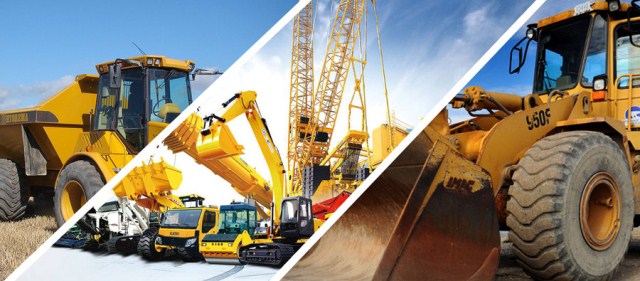
How to prevent machine breakdown?
Prevent breakdowns and downtime: The underlying success of a manufacturing or construction business hinges on the reliability of its equipment. Undoubtedly, there are many more factors that comprise a successful operation, yet few can cripple productivity quite like equipment breakdowns.
Essentially, it becomes a trickle-down effect bottlenecking the entire chain. If your equipment isn’t functioning properly or forced out of service, then your operators are bottlenecked from completing tasks, thus lagging completion timelines and adding undesired pressure to meet deadlines.
The downtime then causes delays and can even compromise your perceived reliability for future projects. Without a plan for regularly scheduled heavy equipment maintenance, you could be setting yourself up for inevitable issues. It’s best to be proactive in your approach to equipment maintenance.
This includes having a plan for basic repairs and maintenance when certain milestones like operating hours or odometer readings pass certain levels.
Why is construction equipment maintenance important?
Preventive Maintenance (PM)
Predictive Maintenance (PDM)
The difference between Preventive and Predictive Maintenance is that Preventive Maintenance tasks are completed when the machines are shut down and Predictive Maintenance activities are carried out as the machines are running in their normal production modes.
With PM and PDM systems – as in all systems and processes of work – there are the Who, What, When, Where and Why questions to answer before any actual work begins. With the above three guidelines, we have already defined the “Why” question. The “Who” question relates to several different types of members of the PM and PDM team.
Someone who has an abundance of maintenance and plant engineering experience should write individual tasks. To receive the expected results from the investments made in the PM and PDM protocol, the person writing the details of what needs to be done must have a deep understanding of the many aspects of machines.
Aging, wear, component material fatigue patterns, effects of dirt and other contaminants, heat/cold, humidity, effects of chemical contact, vibration, lubrication practices, measurement processes, maximum safety methods, work efficiency standards, work schedules, people skills, and plant processes are all factors that must be carefully considered.
Regular maintenance of equipment is an important and necessary activity. The term ‘maintenance’ covers many activities, including inspection, testing, measurement, replacement and adjustment, and is carried out in all sectors and workplaces. Maintenance can be a high-risk activity.
Preventive Maintenance or PM is a set of inspections and tasks that help prevent equipment from failing. Keeping equipment operating improves plant capacity and throughput. Avoiding unwanted downtime helps the plant avoid unnecessary expenses and lost productivity.
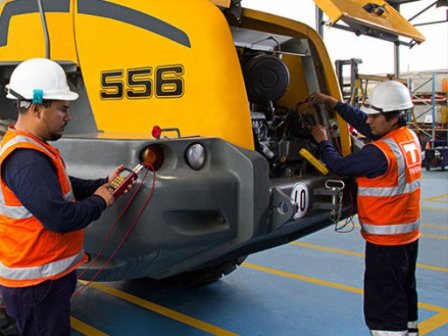
Crane preventive maintenance checklist
Equipment management not only implies performing maintenance, supplies, oil changes, or repairs but also carrying out these activities from an economic and cost perspective.

Mining equipment manufacturers
Construction and mining equipment cover a variety of machinery such as hydraulic excavators, wheel loaders, backhoe loaders, etc.

Types of Construction Equipments
Equipping the construction site with the correct tools and equipment plays an essential role in achieving timely and good quality results.
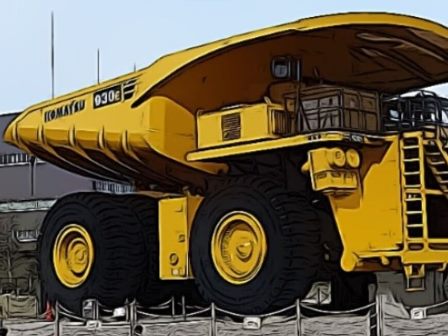
Is a dump truck considered heavy equipment?
What does heavy equipment mean to you? Is there a clear definition?
